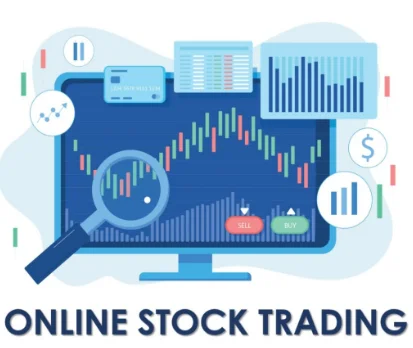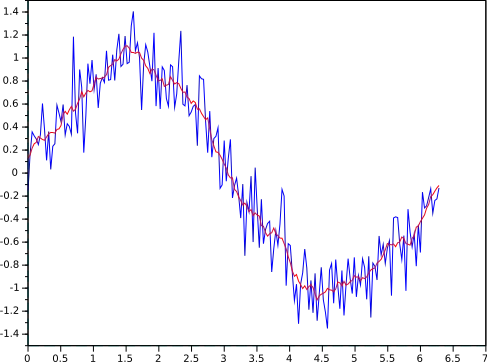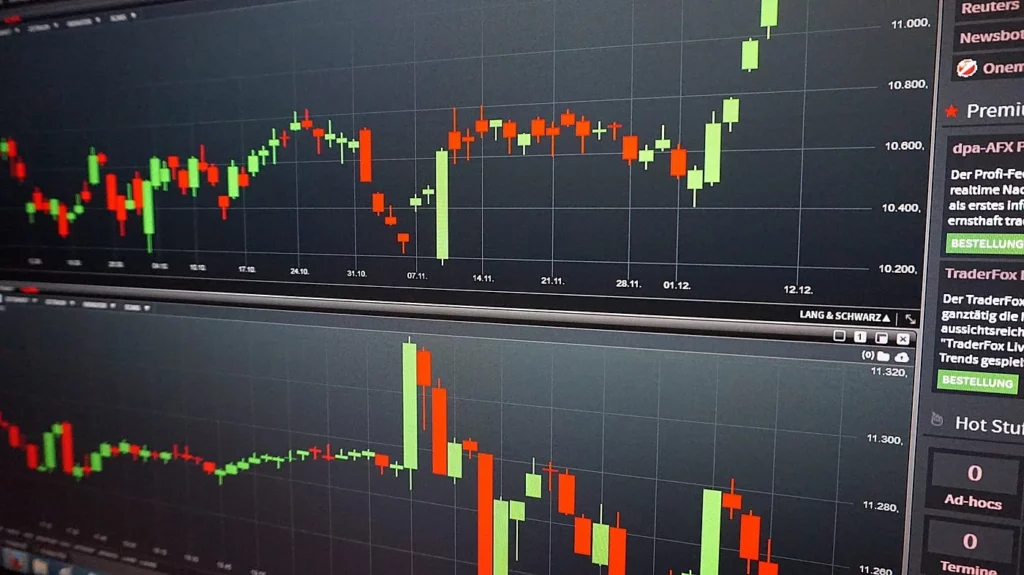Learn how the five important ratios of debt-to-equity, price-to-book, price-to-sales, and price-to-earnings can aid investors in determining a stock’s true value.
Calculating a stock’s worth can be as easy or as difficult as you like. Depending on how much depth of understanding you require. It’s simple to miss the crucial details amidst the intricacy if you take in too much information. Too limited vision can cause you to overlook a lot of crucial details.
How much is sufficient? Really, it’s up to you. Have all of your fundamentals down pat as a starting point. That’s what we’ll look at in this article.
Five key financial ratios for analyzing stocks
Although there are more stock ratios, these five are so essential to understanding stocks that you should fully comprehend them all and how they might drive your thinking when attempting to determine a stock’s “value.” Probably on your mind is this: valuation relative to what? That’s the goal, I suppose.
To make sure you are familiar with the fundamentals, you might wish to examine a stock’s value from a variety of perspectives. These five ratios are made to do that.
Price-to-earnings, or P/E, ratio
The price-to-earnings (P/E) ratio is quite possibly the most heavily used stock ratio. The P/E ratio—also called the “multiple”—tells you how much investors are willing to pay for a stock relative to its per-share earnings.
Computing the P/E is simple: just divide the stock’s share price by its earnings per share (EPS). For example, if a stock has a P/E ratio of 20, it means investors are willing to pay up to 20 times its EPS to own it. But is that too much or too little? Expensive or cheap?
In the end, it may come down to what a corporation is able to achieve in terms of potential future profits. You can compare a stock’s P/E to the historical average return of the S&P 500®, which as of November 2022 (assuming dividends are reinvested) was about 12% for the previous ten years. The index’s P/E ranged from 13.5 to over 124 during the 11-year bull market that started in March 2009 and ended at roughly 23 in March 2020. The P/E ratio has its limitations because it can only really tell you how much investors are ready to pay for the company right now.
Shares of the firm with the higher ratio may actually be regarded as cheaper than shares of the company selling at the lower ratio, for instance, if the company with the higher growth rate has a P/E ratio of 35 rather than one of 10. This brings up the following ratio.
Price/earnings-to-growth, or PEG, ratio
The price/earnings-to-growth (PEG) ratio can offer a more thorough and precise picture of a stock’s future growth potential, even though it is less well-known than its P/E counterpart.
You may be familiar with a stock’s P/E ratio, but how does that figure compare to the growth rate that is expected? Even though a firm’s P/E may appear to be “cheap,” hanging onto a stock with a low P/E is useless if the company doesn’t expand.
With the PEG ratio, you may compare the P/E to the projected earnings analyst consensus forecast, which normally projects earnings out up to five years, starting as early as quarterly.
By dividing the P/E ratio by the anticipated EPS growth, the PEG is calculated. A stock with a P/E of 18 and a 15% annual growth rate, for instance, would have a PEG of 1.2. How should you interpret this number then? Stocks having a PEG ratio of less than 1 are typically regarded as being undervalued.
Investors don’t want to acquire items that won’t appreciate in value, thus the growth component is crucial. Investors typically look for historical and predicted growth when purchasing shares with a low PEG ratio, since these factors might support an inexpensive PEG ratio.
Price-to-sales, or P/S, ratio
Some companies might have strong quarterly sales but weak earnings, perhaps because they ended up spending a good portion of their revenue. Some investors are willing to forego profits now for potentially stronger returns in the future. They understand that certain companies may need to spend their cash and quarterly sales profits to build a bigger and better company for the future. The important thing these investors focus on here is sales.
The price-to-sales (P/S) ratio shows how much investors are willing to pay above a company’s gross revenue, whereas investors focused on earnings are looking at revenue minus liabilities.
Despite the fact that sales are typically less susceptible to management manipulation than earnings data, revenue may not be as “solid” a metric as earnings for value purposes. Although different costs might have an impact on profitability, a company’s sales are quite clear.
Divide the stock price by sales per share to get the P/S ratio. For instance, a company with $500 million in sales and 100 million outstanding shares would have $5 in sales per share. The P/S ratio is 2 if the stock price is $10 per share.
Investors can better comprehend the relationship between a company’s current stock price and annual sales by using the P/S ratio.A P/S ratio of.53 means that for every dollar in sales the firm generates, investors are paying $0.53 a share.
Price-to-book, or P/B, ratio
What is the stock price of a firm in relation to its net asset value, commonly known as “book value”? The price-to-book (P/B) ratio shows that to be the case. On the surface, it appears to be a useful indicator for comparing a stock’s market capitalization to its assets and liabilities. It’s not always that easy, though.
Determining the value of a company’s assets can be very difficult. Depending on the sector, many businesses price their asset costs based on the value they carried at the time of acquisition rather than the market value. For instance, if a reputable business bought real estate decades ago, the value of the asset recorded on the business’s books may be historical rather than marked-to-market.
To find a company’s real book value—which also is called “shareholders’ equity”—you might have to dig a lot deeper, beyond the books. The P/B ratio is best suited to large, capital-intensive companies, such as automakers, rather than companies with intangible assets, such as software firms where much of the value is based on patents or other intellectual property that’s not carried on the books as an asset.
A P/B ratio of 1 indicates the company’s shares are trading in line with its book value. A P/B higher than 1 suggests the company is trading at a premium to book value, and lower than 1 indicates a stock that may be undervalued relative to the company’s assets. To get the P/B ratio, divide the stock price by the book value per share. A company with 100 million outstanding shares, assets of $800 million, and debt liabilities of $125 million would carry a book value of $675 million, or $6.75 per share. If that stock traded at $5, the resulting P/B ratio of .74 would suggest that the stock may be undervalued.Divide the stock price by the book value per share to obtain the P/B ratio. A business with 100 million shares in circulation, $800 million in assets, and $125 million in debt liabilities would have a book value of $675 million, or $6.75 per share. The resulting P/B ratio of.74 would indicate that the company may be undervalued if it traded for $5.
Debt-to-equity, or D/E, ratio
In order to determine a company’s debt to equity ratio, which is similar to a company’s book value, we also reverse the phrase. The consolidated balance sheet contains the statistics for a company’s total debt and shareholders’ equity, and the calculation is straightforward.
Investors often prefer a debt-to-equity (D/E) ratio that is lower than 1. A ratio of two or greater could be perceived as having a higher risk. However, it also depends on the sector. For instance, large industrial energy and mining corporations typically have higher debt loads than companies in other sectors. Because of this, investors frequently compare a stock’s D/E ratio to the D/E of other businesses operating in the same sector.
A high D/E ratio shows that a corporation has taken on a lot of debt. That might indicate the company is borrowing money to survive rather than creating income, but it might also signify the company is unprofitable and is leveraging its assets to finance growth. Investors want to know if debt is lifting the company off its feet with loan payments and other liabilities, or if it is raising earnings by more than the cost of debt.
Similar to the P/B ratio example, a corporation with 100 million shares in circulation, $800 million in assets, and $125 million in debt liabilities would have $675 million in shareholders’ equity (book value). A D/E ratio of.19 is obtained by dividing the total liabilities by shareholders’ equity showing a business that has very low debt and is probably funding its expansion with earnings.
FOR MORE INFO CLICK THIS SITE:https://learningsharks.in/
FOLLOW OUR PAGE:https://www.instagram.com/learningsharks/?hl=en
FacebookTwitterEmailWhatsApp










